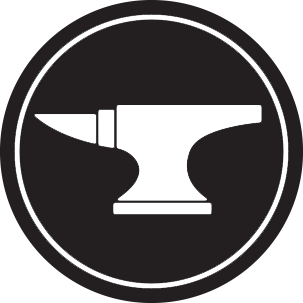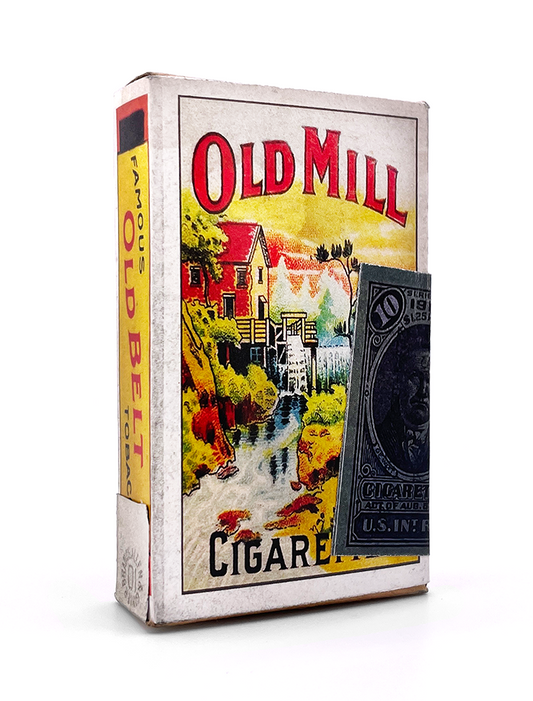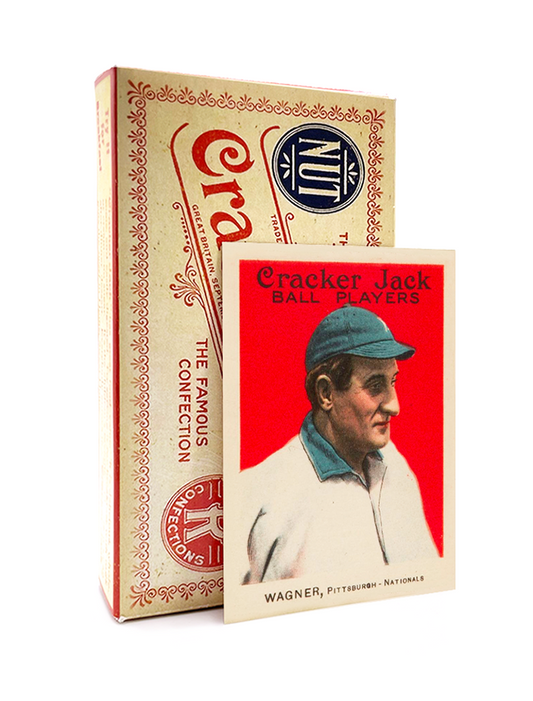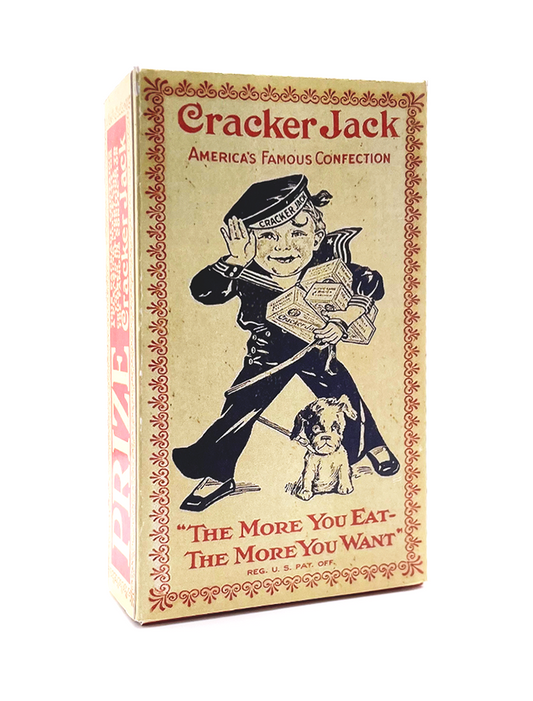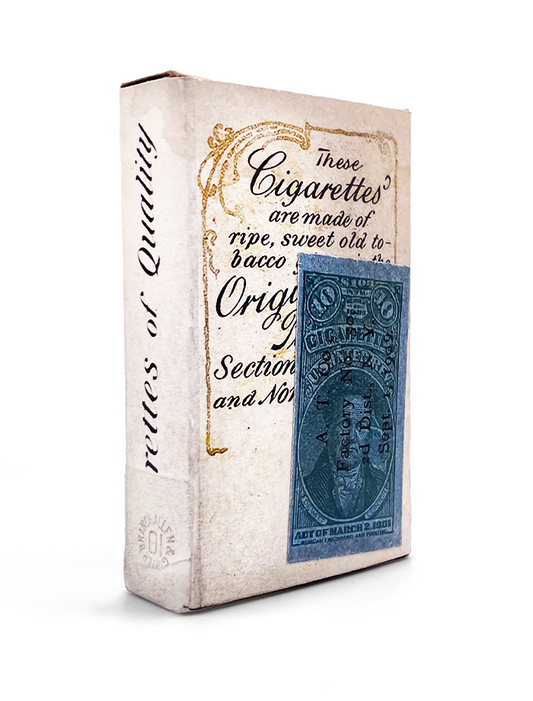1952 Topps Mickey Mantle Rookie
Share
Origin of the set
After experiencing modest success with their oddly shaped and limited set of 1951 baseball cards, Sy Berger and Wally Gelman, the founders of Topps, knew that if they were to compete with Bowman, their follow up effort would have to be better. It would have to be brighter, bolder. It would have to be a game changer. So it was to their Brooklyn-based drawing board they went... and stayed.
For months on end, early morning meetings would melt into late night revisions and winter into spring until finally, the pair unveiled their final product, the 1952 Topps set; considered today as the absolute pinnacle of post-war sports card issues.
1952 Topps
In terms of sheer size, it was like nothing the hobby had ever seen. At an astounding 407 cards, each measuring in at an eye-popping 2 5/8" x 3 3/4", it would be the largest single-year issue ever produced for over-the-counter sale. But size alone wasn't the only thing that set this historic set apart from its predecessors. The delicately hand-colored fronts boasting cool blues, vibrant greens, and warm reds were miniature pieces of art to behold, and the inclusion of player statistics for the previous season and career totals on back gave young collectors the hard evidence they needed to prove their Big League hero was the best.
Not only was the set massive, but so was the actual size of the cards. The pictures were bigger and bolder than ever, and featured portraits of their favorite players. Kids were accustomed to the size of their Bowman, Goudey and Diamond Star cards, so when Topps produced this large version, they stuck out and were loved by all. The only drawback to the overwhelming size was that they literally stuck out. Not only were they harder to hold and handle, but they didn't fit in with the rest of kid's collections, so they were susceptible to damage.
The sheets
The set was printed on a total of six 100-card sheets and issued in six different, consecutively numbered series. The first sheet included cards numbered 1-80, and contained 60 single-printed cards and 20 double-printed cards, accounting for a total of 100 cards. The first print run of cards numbered 1-80 featured black-printed backs as did the second. The final run has red-print backs and is thought to have been produced in much larger quantities than those previous, making black-backed cards numbered 1-80 much more difficult to find in top condition. With the first 10 to 15 of those being rarely seen in high grade form.
The second sheet included cards numbered 81-130, all fifty of which were double-printed, for a total of 100 cards.
The third sheet, with cards numbered 131-190 contained 40 double-printed cards and 20 single-printed cards.
The fourth sheet, cards numbered 191-250, contained 40 double-printed cards and 20 single-printed cards.The very notable difference being that this fourth series has proven very difficult to find in high grade.
The fifth series, referred to by many as the "semi-high" series, was comprised of cards numbered 251-310. Again it was a mixture of 40 double-printed cards (#251-280 and #301-310) and 20 single-printed cards (#281-300) but the overwhelming rarity of these cards points to the likelihood of a much smaller production run than those of the previous four issues.
Which brings us to the highly touted, deeply desired, and endlessly sought, sixth "high-number" series. Created in very small quantities and regarded as the rarest regular Topps issue, cards numbered 311-407 contained 94 single-printed cards, 3 double-printed cards, and a bevy of all-time talent including: Jackie Robinson, Eddie Mathews, and, of course, the Topps rookie card of "The Commerce Comet!"
The Mick
The Mantle was double-printed with two distinct variations (or types) that not everyone is aware of. Type 1 includes (1) a white border on the right side of the name plate box, (2) a small black border around the team box, (3) an overhang, which we like to call a "ledge," of the black border to the top left of the card, (4) and on the reverse, the stitching of the ball (where the card number is located) opens to the left " > ." Type 2 includes (1) black fill around the name plate box, (2) thick black border around the team box, (3) little to no overhang, "ledge," for the black border, and (4) the stitching of the ball on the reverse will go the opposite way, opening up to the right " < ." Even though these are not official variations or types recognized by third-party grading services, they are definitely real, and can impact the sale of each card as certain advanced collectors do have a preference.
One of card collecting's greatest classics, Mantle's Topps rookie card is the key to the 1952 Topps set, and without question the most popular and valuable postwar baseball card extant. But it wasn't just Mick's other-worldly talents that lifted the status of this card to its lofty heights within the hobby. That would be entirely too cut-and-dry for us collectors because as you know, we all love a good back story, a little mystique, some greater substance that goes beyond the stats on the verso. And, boy, the tale of Mantle and his "high number" colleagues has all of that and more.
Just as is the practice today, the 1952 Topps set was released to the public in the Spring of that year in two series: a low-number (1-310) and high-number (311-407) product. The initial offering, which coincided with the start of the baseball season sold out at a furious pace. Youngsters, excited by a fresh start for their local teams, just couldn't get enough of these colorful, well-crafted cards.
The buying frenzy continued through July, and with every pack that sold Berger and Gelman's excitement and expectations rose in anticipation of the release of the second series. Unfortunately though, their youthful inexperience became apparent when they mistimed its release.
By the time the "high-numbers" came out it was so late into the summer that the high hopes that fill every fan at the start of the season had faded along with their team's chances of winning it all that year. As such, they shelved their dreams of a World Series title until next year, forgot about all things baseball (including cards) and turned their attention to the upcoming football season. Sales of the second series were so poor that Topps was left with a tremendous amount of unsold product, the type of surplus that a start-up company just can't afford to keep.
By the start of the 1953 season, concern turned to panic as nothing was more irrelevant to the children collecting at the time than last year's cards. Like all kids, they wanted what was new and different which sent Berger and Gelman scrambling to come up with creative ways to move their inventory. Despite their efforts to partner with carnivals, toy companies, and promotional campaigns, hundreds of cases still sat unopened in their warehouse. 1953 turned into '54 and '55, and with each passing year the 1952 issue fell further from the minds of everyone, including the pioneering pair.
By 1960, eight years of frustration finally forced the hands of Berger and Gelman. Faced with a warehouse still filled with case after case of the '52 Topps second series they decided it was time to cut their losses and make room for new business. A call was made for a garbage barge and onto it went some 300 to 500 untouched cases according to Berger's statement in a 2001 copy of Tuff Stuff magazine's Topps 50th anniversary issue (via Bleacher Report). Within the hour all were loaded and the ship made its way towards open waters where it would lay to rest thousands of Mantles, Jackie Robinsons and Eddie Mathewses at the bottom of the Atlantic Ocean.
The Holy Grail?
While Mantle's true rookie card was the 1951 Bowman No. 253, this card was Mantle's first Topps card. This combination of the legendary Yankee on Topps' first true set has made it the most valuable Mickey Mantle baseball card and a close second to the T206 Honus Wagner in the "Holy Grail" debate.
High grade examples of Mantle's card can easily fetch well into six and even seven figures. In 2007, a PSA 9 (Mint) '52 Mantle for $282,587. A year later, a PSA 8 Mantle sold for $112,800. And in the spring of 2013, Robert Edward Auctions sold a PSA 8.5 (NM/MT+) specimen for $272,550.
More recently, in April 2018, a PSA 9 example sold for an eye-popping $2.88 million at Heritage Auctions.
The really scary thing is, there are actually three PSA 10 Mantles in existence. Just imagine what one of those might command at auction. Credible estimates say that those three are worth AT LEAST $10 million each.
That's one heck of a return for the fortunate few who actually unwrapped one of these cards back in '52 and had the foresight, or more likely the unbelievable luck, to have preserved it through the years. In fact there may not have been a single better way to spend a nickel back then then on a Topps five-cent wax pack. Just think about it, we're talking about a lottery-style payday in today's terms, where one dollar could win you $20M, but with odds of winning better than you would find on a roulette table (1 in 38)!
And what if, by chance, you unearthed a still unopened pack today, what would you do? Keep it sealed and play it safe? Currently they're valued at $4K-10K. Or, would you go for it? Tear that paper off and try to become an instant millionaire?!
If it were us, we'd go for it! With PSA 1 (Poor) examples of Mantle's rookie, and even those coming back graded as just "Authentic", selling for thousands of dollars we feel that it would be worth the risk. Especially when you consider all of the other high-grade cards that could be found within to offset the cost of purchasing the pack. But hey, you're taking advice from a bunch of vintage card junkies who just love fresh material. It's not a move everyone would or should make. To each their own.
Source: Justcollect
